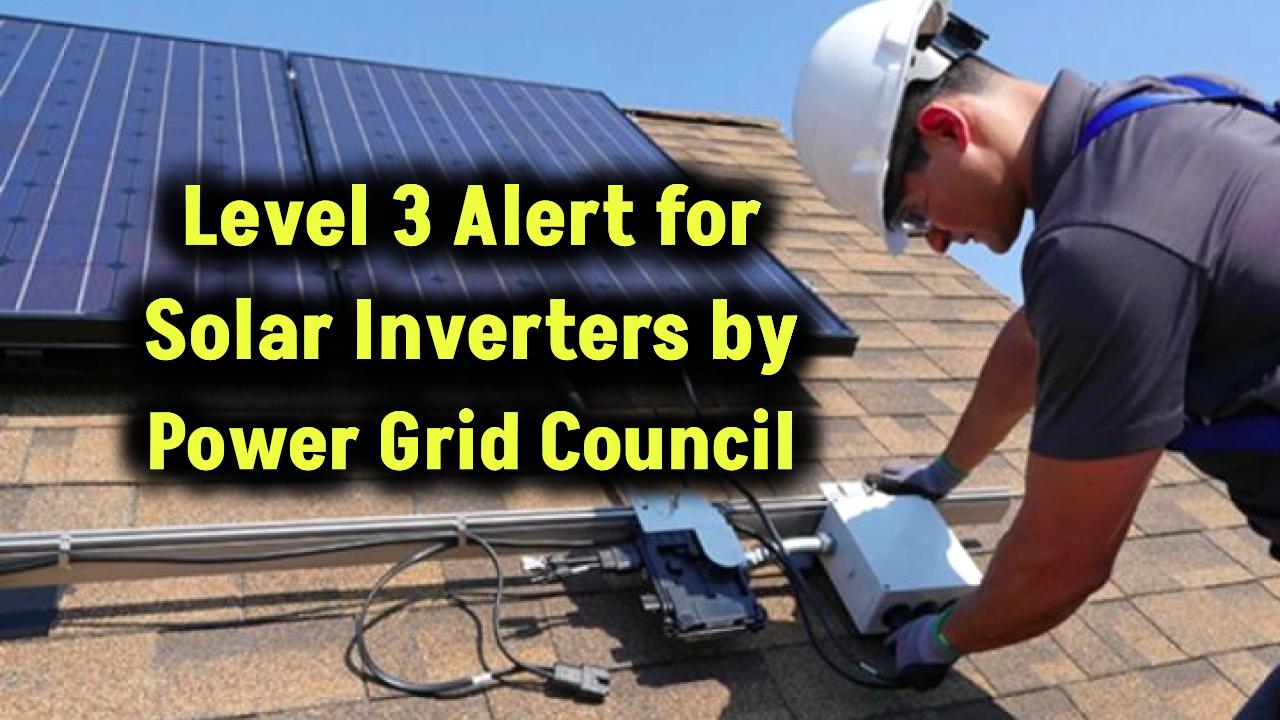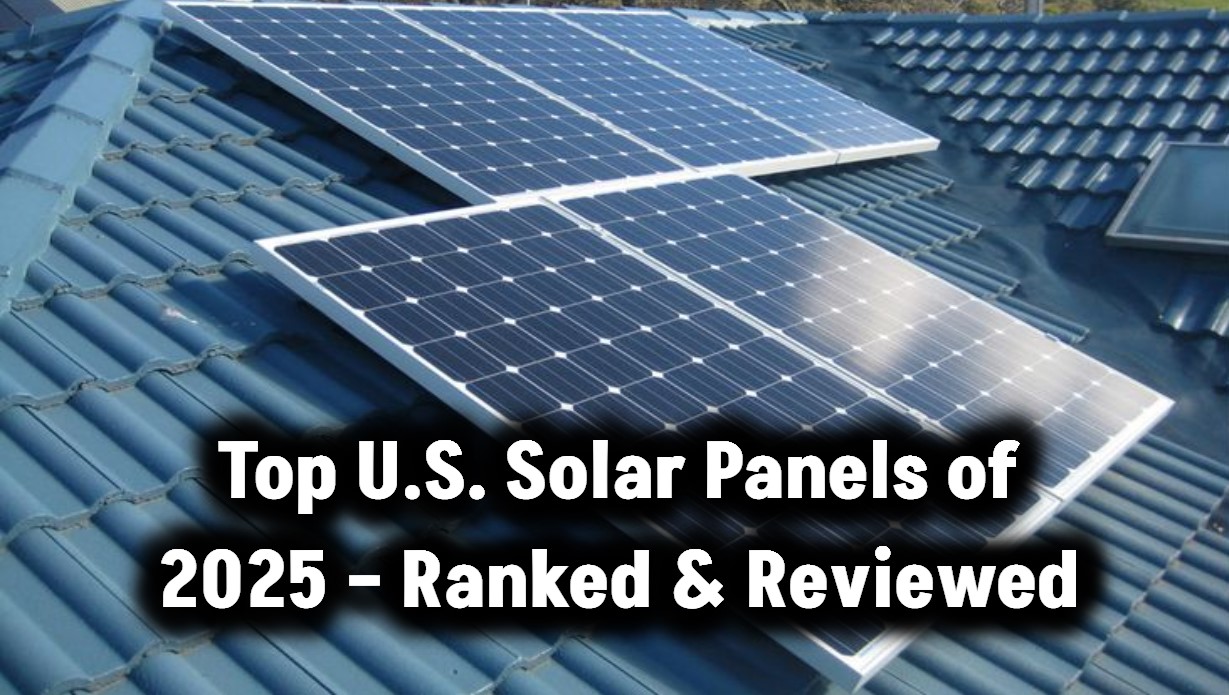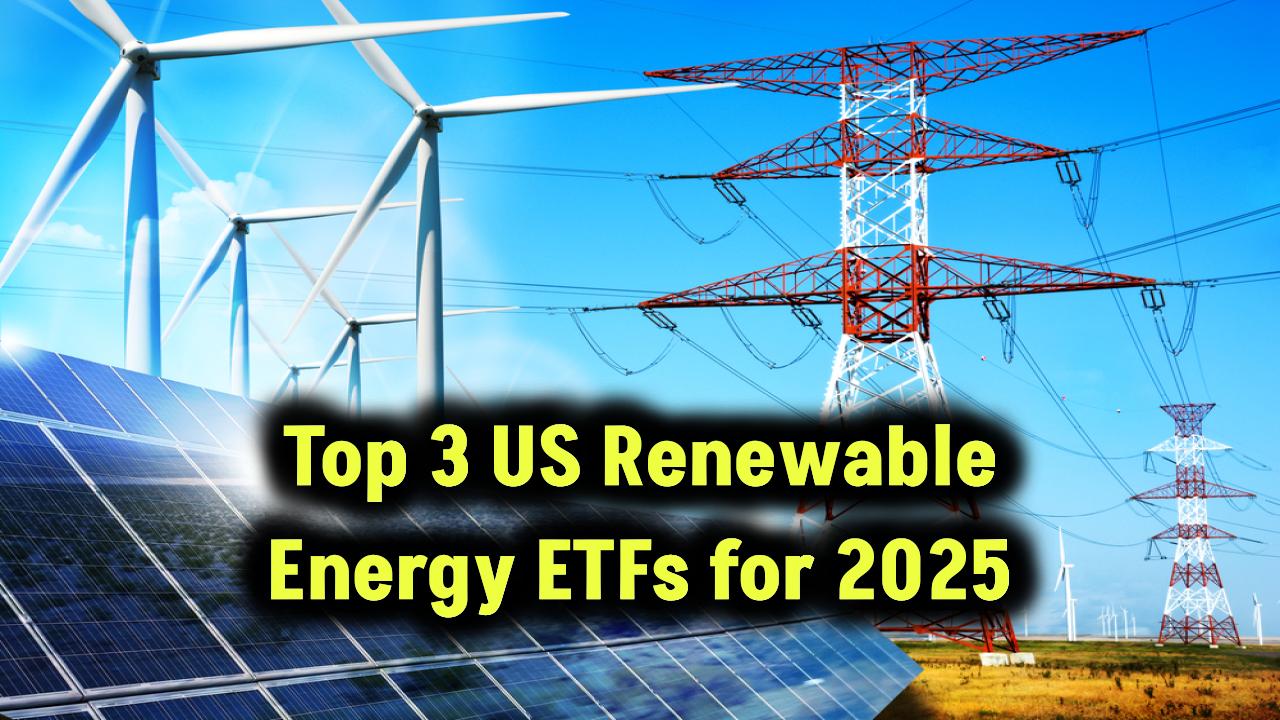In recent years, the call for reducing fossil fuel dependence has become louder than ever before. Climate change, rising energy costs, and the quest for energy security have accelerated the development of groundbreaking technologies that promise to shift how we power our lives. From advanced solar panels to hydrogen fuel cells, here are 10 breakthrough technologies that could reshape America’s energy landscape and significantly reduce its reliance on fossil fuels.

As the world becomes more aware of the environmental impact of fossil fuels, it’s clear that transitioning to cleaner, more sustainable energy sources is no longer a matter of “if” but “when.” With a rapidly evolving mix of renewable energy solutions and new technological innovations, the future looks bright for a fossil-fuel-free America. But how exactly will we get there?
Key Highlights
| Technology | Potential Impact | Example | Current Stage |
|---|---|---|---|
| Advanced Solar Power | Reduced solar costs, greater accessibility | Perovskite solar cells, solar windows | In development, promising |
| Energy Storage (Advanced Batteries) | Increased renewable energy storage capacity | Solid-state batteries, grid-scale storage | Experimental, scaling up |
| Fusion Energy | Clean, limitless energy | ITER, private sector startups | Experimental, long-term |
| Hydrogen Fuel Cells | Decarbonization of hard-to-electrify sectors | Green hydrogen production | Early adoption, scaling up |
| Carbon Capture, Utilization, and Storage (CCUS) | Atmospheric CO₂ removal, cleaner industrial processes | Direct Air Capture (DAC) plants, carbon-to-products | Scaling up |
| Advanced Nuclear Fission | Reliable, low-carbon energy | Small Modular Reactors (SMRs) | In development, promising |
| Electric and Autonomous Vehicles | Reduction in transportation emissions | Electric buses, self-driving EVs | Widespread adoption |
| Grid Modernization and Smart Grids | Increased efficiency, integration of renewable energy | Smart grids, demand response technologies | Implementing, expanding |
| Bioenergy with Carbon Capture and Storage (BECCS) | Carbon-negative energy production | Biomass power plants combined with CCUS | Early-stage adoption |
| Offshore Wind Power | Vast potential for clean energy generation | Offshore wind farms, floating turbines | Expanding rapidly |
America’s fossil fuel dependence is on the verge of a major transformation. With the development of cutting-edge technologies like solar power, hydrogen fuel cells, fusion energy, and smart grids, the nation is well on its way to achieving a cleaner, more sustainable energy future. Although some of these innovations are still in their infancy, their potential to disrupt the energy landscape is undeniable.
The shift away from fossil fuels is not just about saving the environment; it’s about securing a cleaner, more sustainable future for generations to come. By staying informed about these technologies and advocating for their development, we can all play a role in shaping America’s energy future.
1. Advanced Solar Power: Revolutionizing Renewable Energy
Solar energy has long been hailed as a key player in reducing fossil fuel reliance. In the U.S., the solar industry is booming, and solar power is one of the fastest-growing sources of renewable energy. Technologies like perovskite solar cells and solar windows are taking solar energy to the next level.
Perovskite solar cells, which are cheaper and more efficient than traditional silicon-based solar cells, have the potential to dramatically reduce the cost of solar panels, making solar energy more accessible for households and businesses alike. Solar windows, which are transparent panels that can generate power while functioning as windows, could turn entire buildings into power generators, further expanding solar energy use.
Current Impact: Solar energy currently accounts for about 3% of total U.S. energy consumption but is projected to grow significantly in the coming decades. According to the U.S. Department of Energy, solar installations in the U.S. have increased by 35% year-over-year since 2016.
2. Energy Storage: Solving the Intermittency Issue
One of the key challenges of renewable energy sources like wind and solar is their intermittency. The sun doesn’t shine all the time, and the wind doesn’t blow consistently. This makes storing energy for use when supply is low critical.
Advanced battery technologies like solid-state batteries and grid-scale storage are poised to solve this problem. Solid-state batteries have higher energy density and longer lifespans than traditional lithium-ion batteries. Meanwhile, large-scale battery storage systems can capture excess energy generated during peak times and release it during high-demand periods, stabilizing the grid and reducing the need for fossil fuel-based backup power.
Practical Example: Tesla’s Powerwall and Powerpack are examples of battery systems that store solar energy for homes and businesses, providing reliable energy when the grid is down.
3. Fusion Energy: The Holy Grail of Clean Power
Nuclear fusion promises an almost limitless, clean energy source by replicating the process that powers the sun. Fusion energy could provide a sustainable and safe alternative to fossil fuels, without the long-lived radioactive waste associated with traditional nuclear fission.
Although fusion energy is still in its experimental stages, organizations like ITER in France and several private-sector companies are making significant progress in creating a commercially viable fusion reactor.
Current Stage: The ITER project, expected to start operations in the mid-2020s, is a massive international collaboration aimed at proving fusion’s feasibility as a commercial energy source.
4. Hydrogen Fuel Cells: A Clean Power Source for Hard-to-Decarbonize Sectors
Hydrogen fuel cells have the potential to replace fossil fuels in industries that are difficult to electrify, such as heavy transport and manufacturing. Unlike batteries, hydrogen fuel cells can generate energy for long periods without recharging, making them ideal for trucks, ships, and planes.
Green hydrogen, produced through electrolysis powered by renewable energy sources, is particularly exciting. It can be used as a clean alternative to natural gas in power plants, replacing fossil fuels in hard-to-electrify sectors.
Real-world Use: Companies like Toyota and Nikola are already developing hydrogen-powered vehicles, and there are plans to scale up green hydrogen production for widespread industrial and transportation use.
5. Carbon Capture, Utilization, and Storage (CCUS): Cleaning Up Our Carbon Footprint
Carbon Capture, Utilization, and Storage (CCUS) technologies remove carbon dioxide (CO₂) from the atmosphere and either store it underground or convert it into useful products like synthetic fuels and building materials.
Direct Air Capture (DAC) plants, which capture CO₂ directly from the air, are already operational and have the potential to reduce atmospheric CO₂ concentrations. CCUS could also help industries like cement and steel, which are among the hardest to decarbonize, reduce their emissions.
Example: Carbon Clean, a leading CCUS company, has developed scalable solutions to capture CO₂ from industrial processes, helping companies mitigate their environmental impact.
6. Advanced Nuclear Fission: Smaller, Safer, Cleaner
While nuclear power has been around for decades, the next generation of reactors, known as Small Modular Reactors (SMRs), could provide a safer and more efficient source of low-carbon electricity. These reactors are smaller, can be built faster, and have lower risks than traditional large-scale nuclear reactors.
With ongoing innovations, SMRs could become a key part of the solution to replacing fossil fuels, particularly in regions that have difficulty accessing renewable resources.
Example: NuScale Power, a leading SMR developer, is set to deploy the world’s first commercial SMR plant in the coming years.
7. Electric and Autonomous Vehicles: The Future of Clean Transportation
The transportation sector is one of the largest contributors to fossil fuel consumption in the U.S. However, electric vehicles (EVs) are rapidly replacing gas-powered cars, reducing oil dependency. The rise of autonomous vehicles further enhances the efficiency of EVs, ensuring smoother, more energy-efficient driving.
EVs are increasingly affordable and practical, with more charging infrastructure being built to support them. As battery technology improves, EVs will continue to reduce America’s reliance on fossil fuels.
Real-world Example: Tesla and Rivian are leading the way in EV innovation, with electric trucks, SUVs, and passenger vehicles taking the market by storm.
8. Smart Grids and Grid Modernization: The Future of Energy Distribution
As the U.S. transitions to renewable energy, smart grids are essential for ensuring that electricity is distributed efficiently and reliably. These grids use advanced technologies like sensors and AI to manage energy flow, respond to power outages, and integrate renewable energy sources smoothly.
Smart grids allow for the real-time monitoring of energy use, enabling better demand response and more efficient power generation, ultimately reducing the need for fossil fuels.
Example: The Smart Grid Information portal offers a wealth of information on how grid modernization is shaping the future of energy.
9. Bioenergy with Carbon Capture and Storage (BECCS): Turning Waste into Energy
Bioenergy, combined with carbon capture technologies, can help reduce emissions and create carbon-negative power. Bioenergy with Carbon Capture and Storage (BECCS) involves using organic matter (like wood chips or agricultural waste) to generate power and then capturing and storing the resulting CO₂.
This process could help reduce greenhouse gases in the atmosphere and produce reliable, clean energy.
10. Offshore Wind Power: Harnessing the Power of the Ocean
Offshore wind energy has enormous potential in the U.S., especially along the Eastern Seaboard and the Great Lakes. Unlike land-based wind turbines, offshore turbines are less likely to face opposition due to land use concerns and can take advantage of stronger, more consistent winds over the ocean.
The U.S. government has committed to expanding offshore wind power capacity, and floating wind farms are making it easier to deploy turbines in deeper waters.
FAQs
What are the most promising technologies for reducing fossil fuel dependence?
Some of the most promising technologies include advanced solar power, energy storage, hydrogen fuel cells, and fusion energy.
How soon will these technologies be available?
Many of these technologies are still in the development or early adoption stages. However, advancements are happening rapidly, and some, like solar power and electric vehicles, are already widely available.
How can I support the transition to renewable energy?
You can support the transition by choosing renewable energy sources for your home or business, investing in solar panels or electric vehicles, and advocating for clean energy policies at the local and national levels.









